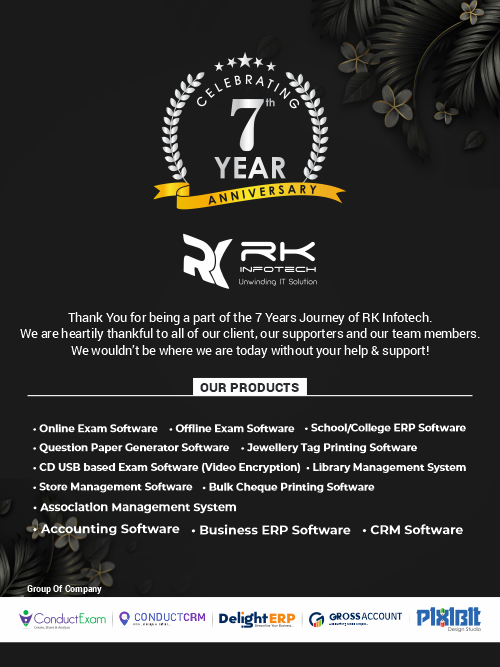How to increase user experience through a website?
In today’s digital landscape, a user’s journey through a website can make or break their experience, influencing their decision to engage. With countless options at their users demand navigation, engaging content, and intuitive design. This guide explores proven strategies and best practices to elevate user experience on your website, ensuring visitors are not just viewers, but active participants in an immersive online journey. From optimizing usability to crafting compelling visuals, let’s delve into the art and science of creating websites that delight, engage, and retain users.

Here is the reason for the increased user experience through a website:
1. Clear Navigation
When users visit a website, they expect to easily find the information they’re seeking without getting lost in a maze of confusing menus. To achieve this, website navigation should be clear and straight forward.
Firstly, organizing content into logical categories and subcategories helps users understand the structure of the website. Each menu item should be clearly labeled, using language that accurately represents the content it leads to. This ensures that users can quickly identify where they need to go to find what they’re looking for. Implementing breadcrumbs is another effective strategy for enhancing navigation.
2. Responsive Design
Furthermore, responsive design prioritizes mobile usability, recognizing the growing trend of mobile browsing. With more users accessing the internet through smartphones and tablets, it’s essential to provide a user-friendly experience on smaller screens. Responsive design achieves this by employing techniques such as touch-friendly navigation, optimized font sizes, and streamlined content presentation.
By investing in responsive design, you not only cater to the needs of mobile users but also improve overall user satisfaction and engagement. Users appreciate websites that adapt seamlessly to their devices, allowing them to access content effortlessly and interact with your brand wherever they are.
3. Engaging Content
Compelling visuals, such as high-quality images and videos, instantly draw users in and convey information more effectively than text alone.
Moreover, well-crafted copy plays a vital role in guiding users through the website. Clear and concise language communicates the brand message effectively, while storytelling creates a connection and keeps users invested. By addressing user needs, offering solutions, and engagingly presenting information, content becomes a valuable asset in shaping user experience.
4. Accessibility
Ensure that all interactive elements, such as links, buttons, and form fields, are accessible via keyboard navigation. This allows users who cannot use a mouse to navigate your website easily. Include alt text for all images on your website. Alt text is read aloud by screen readers, enabling visually users to understand the content of images. Structure your website using semantic HTML elements, such as headings, lists, and landmarks. Screen readers rely on these elements to navigate and understand the content of web pages.
5. Visibility and mobility
Visibility and mobility can increas the user experience in your website. By implementing responsive design principles, websites can adapt to various screen sizes and devices, ensuring content is accessible to users on smartphone’s, tablet’s, and desktop’s. Clear navigation structures and user interface enables users to navigate the website easily, enhancing mobility by reducing friction and streamlining the user journey. Additionally, optimizing website loading times and minimizing unnecessary elements contribute to improved visibility, ensuring that users can quickly find and access the information they need. By prioritizing visibility and mobility, websites can empower users with greater visibility and mobility, fostering a positive online experience.
6. Focus on content
Attractive and relevant content attracts users, keeps them interested, and encourages them to explore further. Start by understanding your target audience and tailoring your content to meet their needs and interests. Use clear and concise language to convey your message effectively and try avoiding complex terms that might confuse users. Incorporate multimedia elements such as images, videos, and infographics to make the content more visually appealing and easier to digest. Organize the content logically and intuitively, using headings, bullet points, and whitespace to improve readability and navigation. Regularly update and refresh your content to keep it current and engaging, and encourage user interaction through comments, reviews, or social sharing options.
7. Website speed loading time
Improving website loading speed is essential for enhancing user experience. Faster loading times not only reduce bounce rates but also increase user engagement and satisfaction. To achieve this, optimize images and multimedia files to reduce file sizes without compromising quality, leverage browser caching to store frequently accessed resources locally, and minimize HTTP requests by combining CSS and JavaScript files. Additionally, prioritize clear content to load first, enabling users to access essential information quickly, while non-essential elements load in the background.
8. Update your website
We’ve optimized loading times and enhanced mobile responsiveness, so whether you’re browsing on a smartphone, tablet, or desktop, you’ll have a smooth and efficient experience. Our updated layout emphasizes clarity and simplicity, with clear calls to action guiding you through the site effortlessly. Plus, we’ve incorporated feedback from users like you to tailor our content and features to better meet your needs. Explore our improved website today and discover a more enjoyable and rewarding online experience.
Conclusion
Enhancing user experience on a website involves prioritizing accessibility, responsiveness, and usability. By implementing clear navigation, engaging content, and intuitive design, websites can provide visitors with a enjoyable browsing experience. Optimizing loading times, ensuring mobile compatibility, and gathering user feedback are also crucial steps in improving overall satisfaction. By continually refining and evolving these elements, website owners can create an environment that fosters engagement, loyalty, and ultimately, success. However, by prioritizing high-quality, relevant, and user-centric content, you can significantly enhance the overall user experience on your website, fostering engagement and loyalty among your audience.







